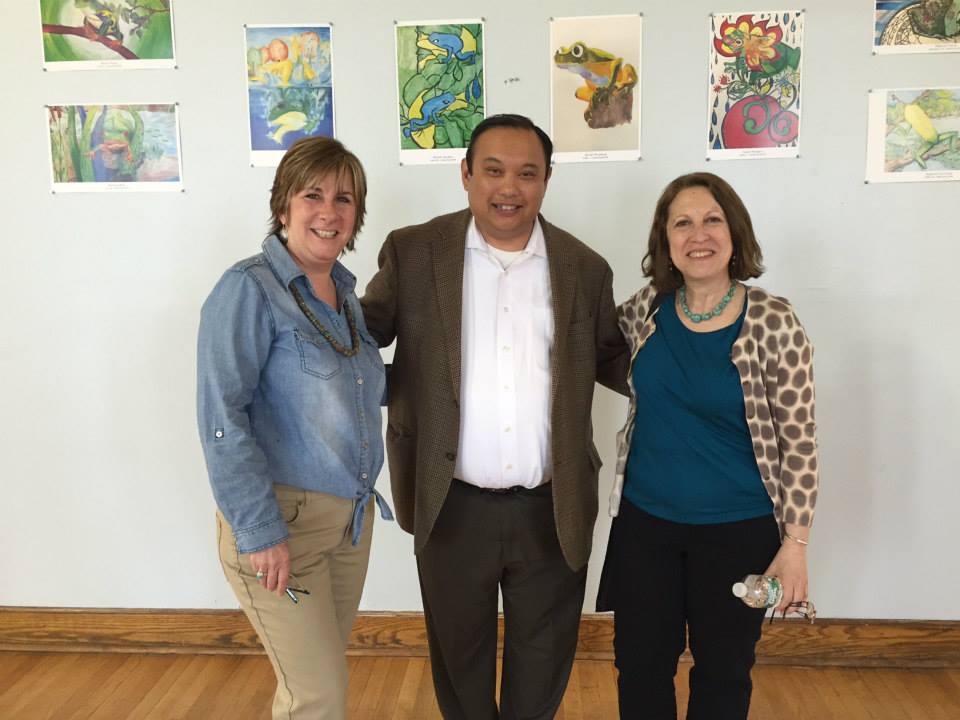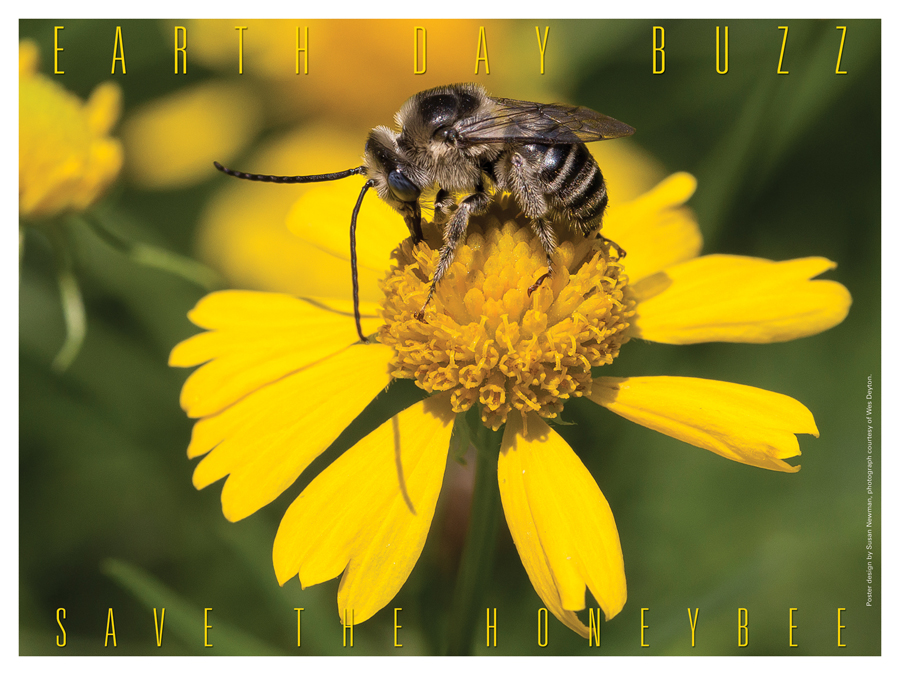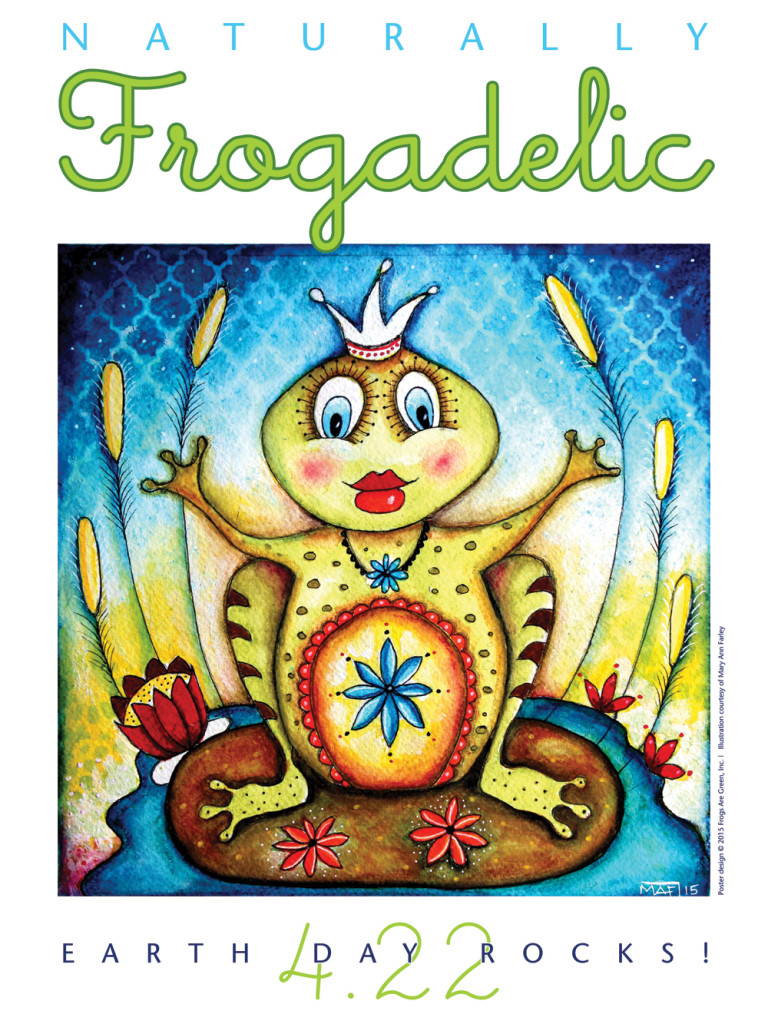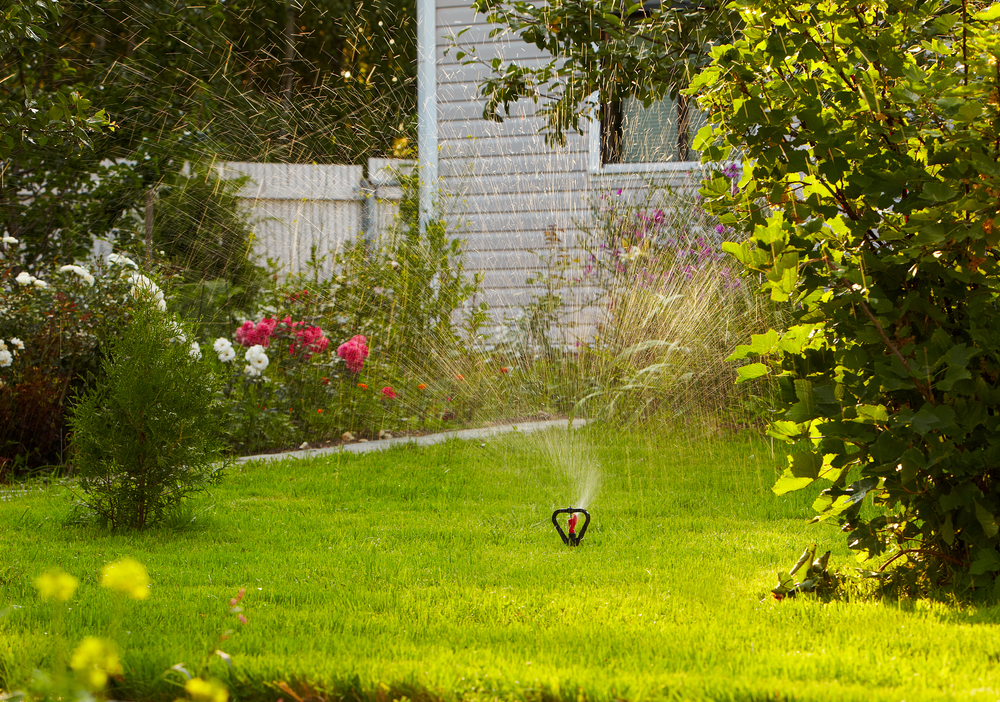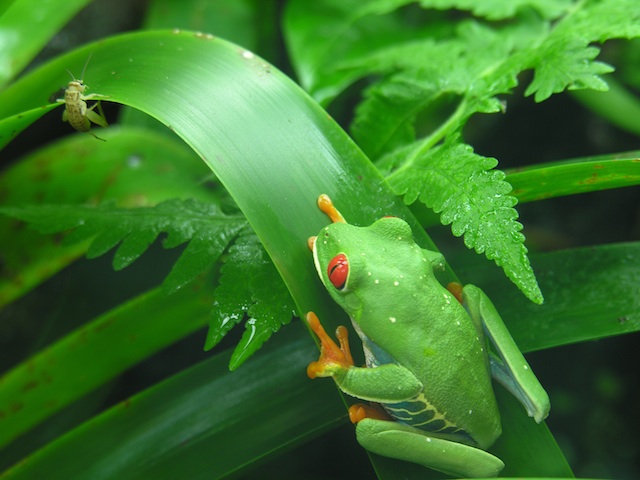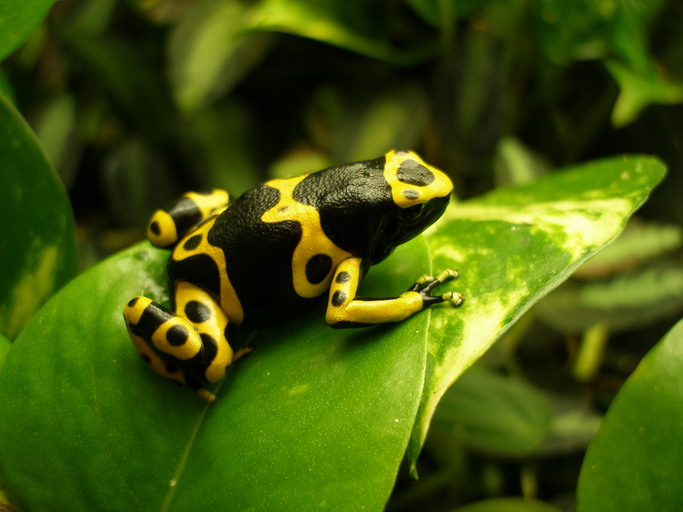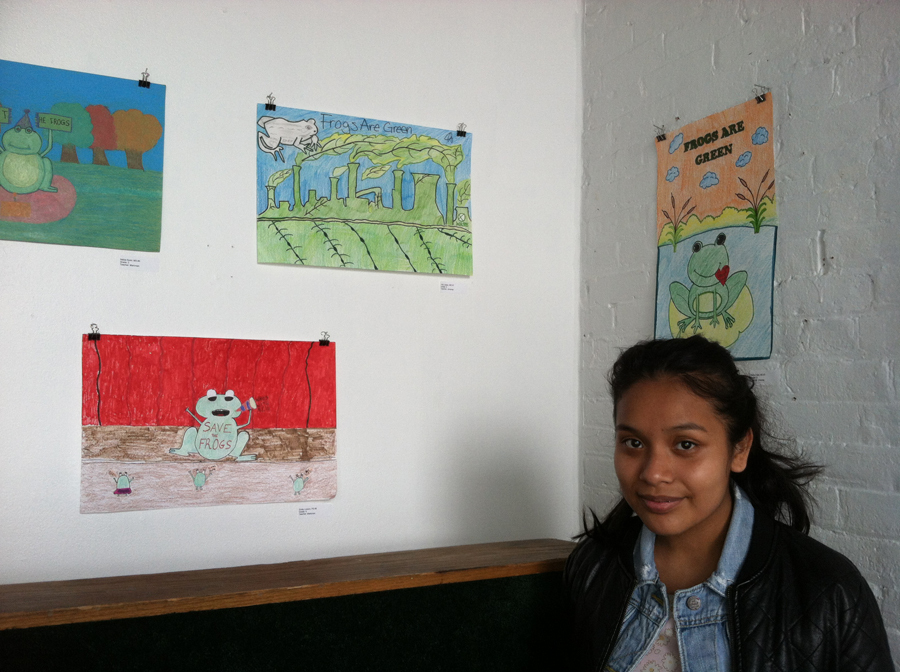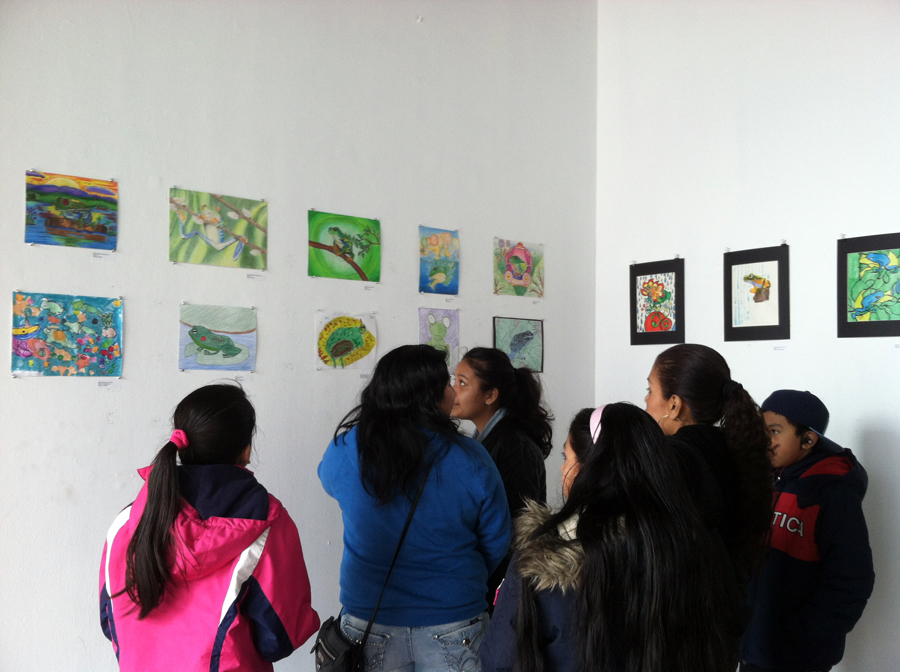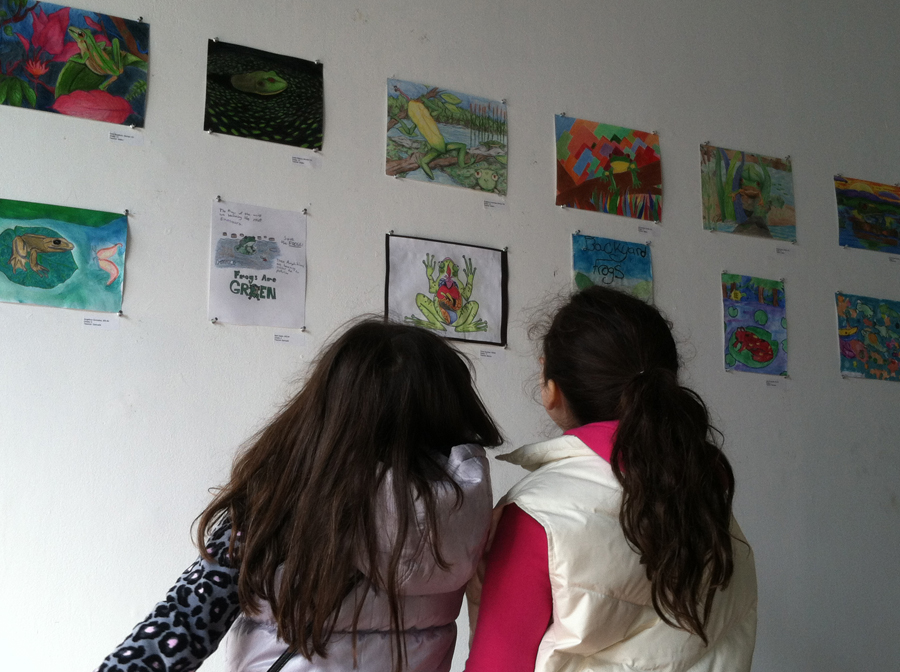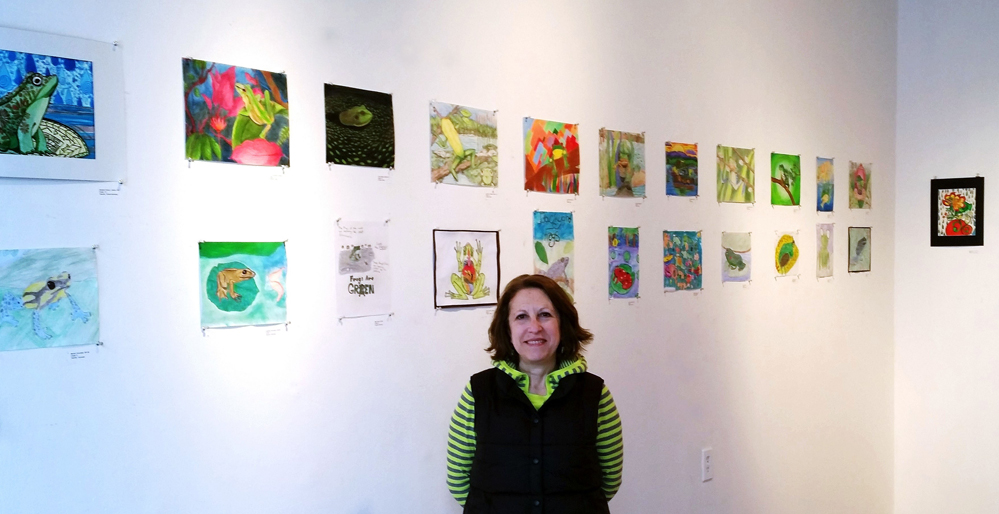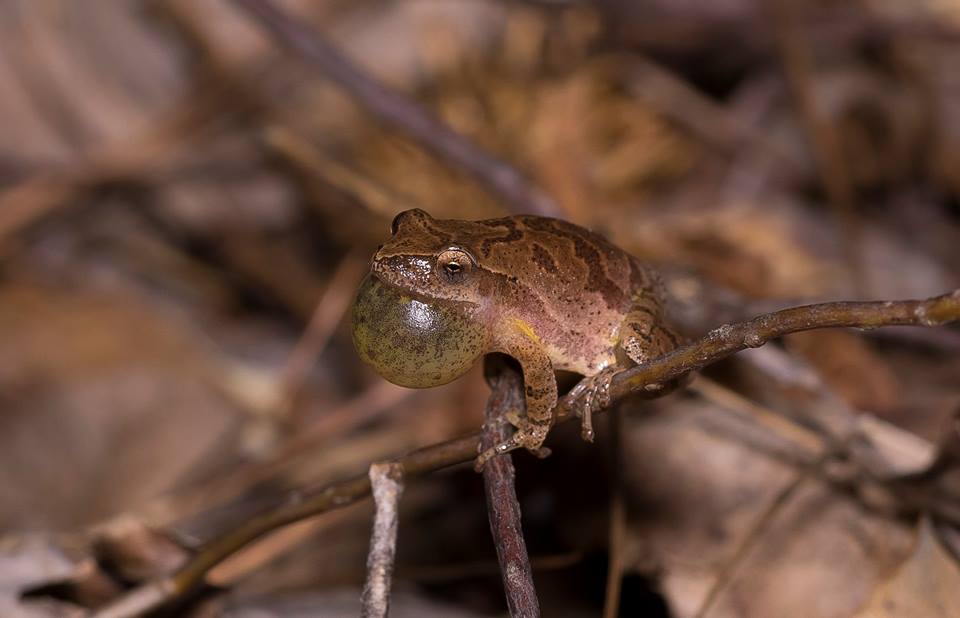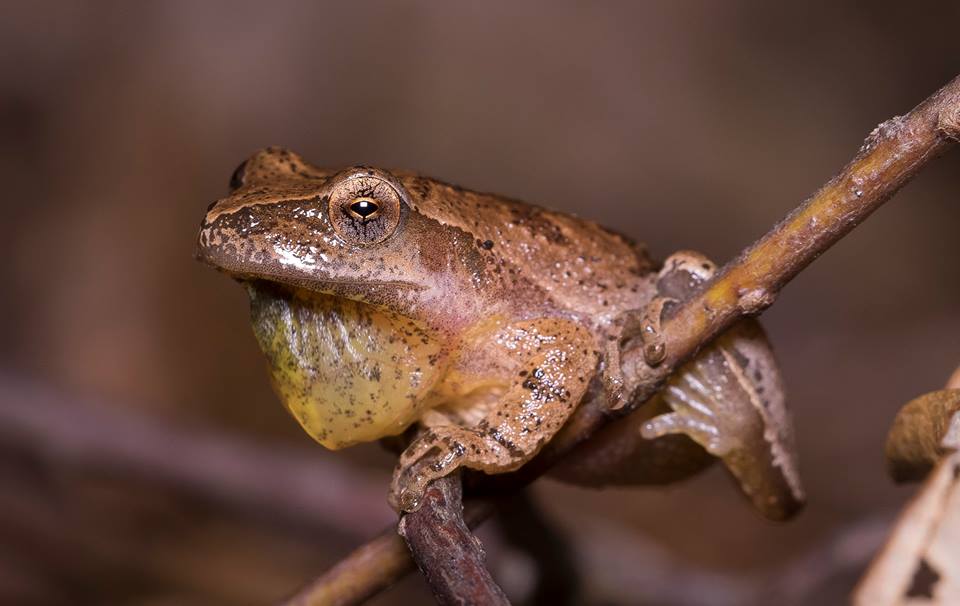Ilah Rose Hickman, Idaho Giant Salamander Advocate
Below is a written interview with Ilah Rose Hickman, who fought for the Idaho State Amphibian, the Idaho Giant Salamander. I was also fortunate to interview Ilah on my Suzy Brandtastic podcast series. Since writing this interview the bill passed and Idaho now has a State Amphibian!
Listen here: Ilah Rose Hickman eco-interview podcast
Please tell us a bit about your mission and goals…
 I started my legislative journey in 4th grade when we learned about Idaho history in social studies. In the unit on Idaho state symbols, our teacher gave us an assignment to create a new symbol and then write a mock letter to our legislator and ask them to support the proposed symbol. When I went home that day I told my Mom I wanted to propose a new symbol for real, and not just for a mock assignment. So that’s how it all began!
I started my legislative journey in 4th grade when we learned about Idaho history in social studies. In the unit on Idaho state symbols, our teacher gave us an assignment to create a new symbol and then write a mock letter to our legislator and ask them to support the proposed symbol. When I went home that day I told my Mom I wanted to propose a new symbol for real, and not just for a mock assignment. So that’s how it all began!
What is your educational background and what lead to this mission?
I am now in 8th grade at Les Bois Junior High in Boise Idaho. Ever since that fourth grade assignment, I have been determined to have a new state symbol designated in Idaho. In fourth grade I learned that many other states had a state amphibian or reptile designated, but Idaho did not. So I decided to research amphibians and reptiles, and also found out who my representatives were in the legislature and wrote to them. My district Senator met with me in the summer before 5th grade and recommended I pick one symbol, so after my research I decided to choose the Idaho Giant Salamander as a state amphibian. In 6th grade I had a committee hearing in the House but the bill did not go any further than that. In 7th grade the bill started in the Senate, and it passed all the way through the full Senate but then the House committee ran out of time and I did not get a hearing there.
Now this year the bill was given a committee hearing in January, and they voted against sending it to the full House for a vote. But then last week the committee Chairman called us and said they had “revived” the Bill and yesterday it went to full House for a vote and passed 51-17. Now I am hoping it gets to the Senate before the legislature adjourns this session.
Of the 15 amphibians native to Idaho, I chose the Idaho Giant Salamander because it has “Idaho” in its name, it resides almost exclusively in Idaho (and just a sliver of adjacent Montana) and the marbled brown pattern on the adult’s skin looks like a topographical map of the Idaho Bitterroot mountains. Other native amphibians like frogs and toads are already designated as amphibians in other states, and many of them live in widespread areas beyond Idaho.
What are some challenges you have faced and how did you deal with them?
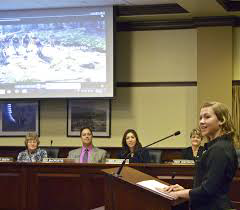 I have had to learn patience! I have had to wait a whole year multiple times because once the bill “dies” or is “killed” by a committee, you are done for that year and have to wait for the next session. Also, many legislators have said no to my bill. But every time they have said no it has pushed me forward by encouraging me to come back the following year and be better prepared to persuade them better to get an “aye” vote. Last summer I went to a “salamander” camp with a local biology professor and his students to capture, tag, collect data, and release Idaho Giant Salamanders in a stream near the Lochsa River. This really helped me in my testimony to the committee this year. And after the House committee voted against sending it to the full House for a vote this session, I sent letters to a lot of 4th grade teachers in the districts of those legislators who voted no, and told the about the bill, their legislator’s “no” vote, and reasons they could support the bill and asked them to write their legislators. I think that kind of statewide support from other students and educators helped a bill like mine.
I have had to learn patience! I have had to wait a whole year multiple times because once the bill “dies” or is “killed” by a committee, you are done for that year and have to wait for the next session. Also, many legislators have said no to my bill. But every time they have said no it has pushed me forward by encouraging me to come back the following year and be better prepared to persuade them better to get an “aye” vote. Last summer I went to a “salamander” camp with a local biology professor and his students to capture, tag, collect data, and release Idaho Giant Salamanders in a stream near the Lochsa River. This really helped me in my testimony to the committee this year. And after the House committee voted against sending it to the full House for a vote this session, I sent letters to a lot of 4th grade teachers in the districts of those legislators who voted no, and told the about the bill, their legislator’s “no” vote, and reasons they could support the bill and asked them to write their legislators. I think that kind of statewide support from other students and educators helped a bill like mine.
What can people do to help? Donate and contribute to your cause? Other ideas?
Throughout this 5 year process, I have had many students, teachers, and other residents write letters to the representatives of their districts in support of this bill. Even young students in first or second grade have drawn pictures of salamanders and sent them to their legislators. If someone lives in Idaho they can write their legislator and ask them to support the Bill. I also have a Facebook page set up to keep people (in and out of Idaho) up to date on what’s happening with the Bill.
How do you reach your targeted audience? Is it through your website, advertising or social media or another route? Which is most effective and why?
I use my Facebook page to communicate with supporters, and over the years I have emailed lots of teachers and asked them to support the bill by having their students write to their legislators. At my own school I have had a ballot box in the library, and my Earth Science class wrote letters of support. I visited a 4th grade class here in Boise and told them about my experience, and I’ve been interviewed on a few radio stations here in Idaho to talk about my bill.
How do you keep the audience engaged over time?
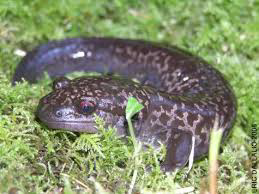 Each year I have learned more about the legislative process, the politics involved, and I keep learning more and more about the salamander as well. Scientists and other amphibian fans contact me with research, stories and other data that has helped me strengthen my arguments for this bill, and I try to communicate all of this to the supporters of the bill by Facebook, and in my testimony, and other interviews.
Each year I have learned more about the legislative process, the politics involved, and I keep learning more and more about the salamander as well. Scientists and other amphibian fans contact me with research, stories and other data that has helped me strengthen my arguments for this bill, and I try to communicate all of this to the supporters of the bill by Facebook, and in my testimony, and other interviews.
Tell us about your events around the world and some of the campaigns you have started.
What is in the works for the future? What haven’t you yet tackled, but will want to do soon?
This week I am working hard to get the Bill to the Senate floor before they adjourn for the year. I am 50 percent done and am hoping to get it passed this year!!! If the Bill does not get through the Senate, I will be back next year. I also hope to get to go back to “salamander camp” in the summer with the biology professor because that was so educational and a lot of fun!
Would you like to add anything not discussed above?
I have been passionate about this project because once I begin something, I like to see it through to the end. And so I want to keep going with this until the Bill passes. I also really love all animals
and learning about them. And once I learned about the Idaho Giant Salamander, I just thought it was such a cool animal because “amphibian” means double life, and this one is so special and unique to Idaho. Salamanders in general are valuable in areas like medical research (because they regenerate lost limbs),
climate control (because they contribute to the forest carbon cycle), and are different than any other animal state symbol we already have.
Learn more:
On Facebook: Idaho Giant Salamander for State Amphibian
YouTube link to a video about the Idaho Giant Salamander:
(This is what I showed to the House committee. One of the professors at salamander camp made it for me.)
-Ilah Rose Hickman

